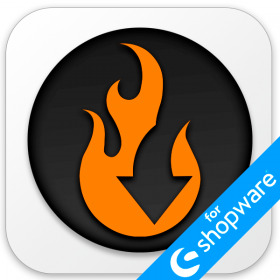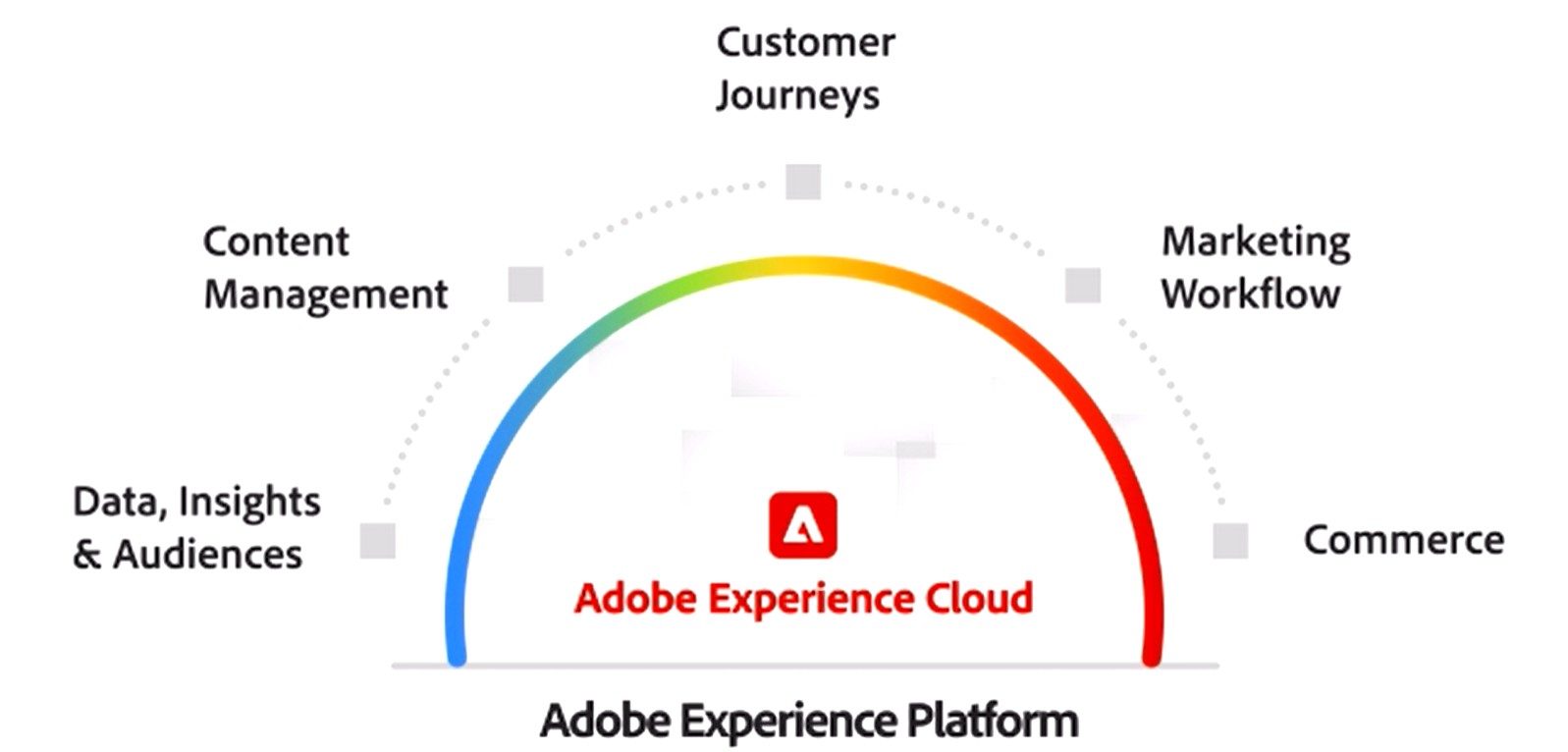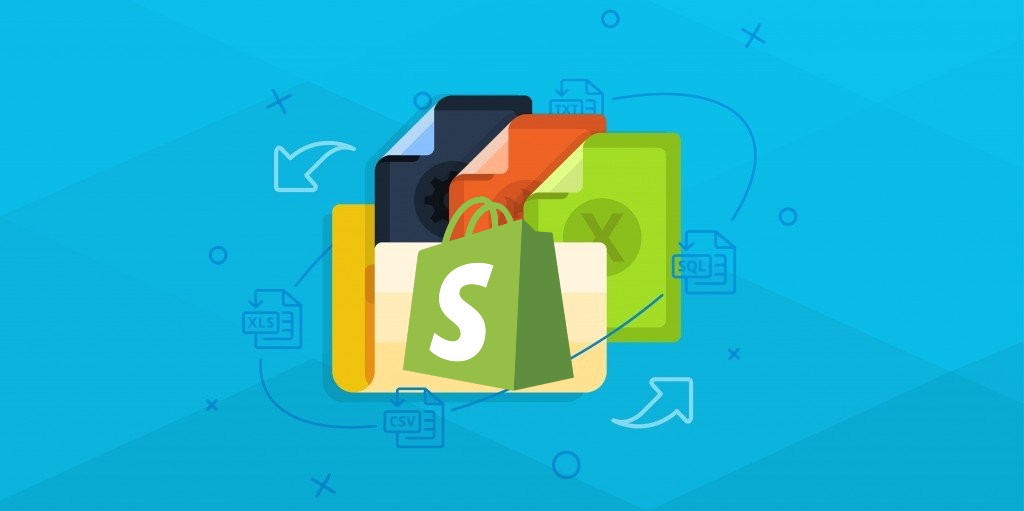Magento 2 Import of Custom Attributes: How to Import Products with Custom Attributes to Magento 2

When you import products to Magento 2, you may face various difficulties. Transferring them to your website without headaches is possible if all items suit the Magento 2 requirements. However, when Magento 2 custom attributes enter the game, merchants usually experience difficulties. So, let’s talk about the Magento 2 import of custom attributes. The following article provides several tips on importing products with custom attributes to Magento 2.
Below, you will find various recommendations on how to streamline this process. First of all, we shed light upon how to enable the Magento 2 product import if you have to deal with custom attributes, avoiding the most common errors. After that, you will find a short guide on how to automate the procedure. Next, the article touches upon the topic of missing attributes. We explain how to create them on the fly automatically. And of course, products bound to third-party categories are also a topic of our discussion. We describe how to match them to the ones you use in your e-commerce catalog. More useful tips are available here: Developer’s Cookbook.
Continue Reading







